Cats, those enigmatic and independent creatures, have a language all their own. They communicate through subtle signs and nuanced behaviors. However, when a cat is cooped up indoors for too long, its actions may become more pronounced and sometimes puzzling. From sudden bursts of energy to excessive grooming or vocalization, these behaviors can signal boredom or frustration. These are sure-shot signs that your feline friend might be going stir crazy. Understanding these signs is crucial to ensuring your cat’s mental and physical well-being — and keeping your home a happy, stress-free space for your furry companion.
Excessive Meowing
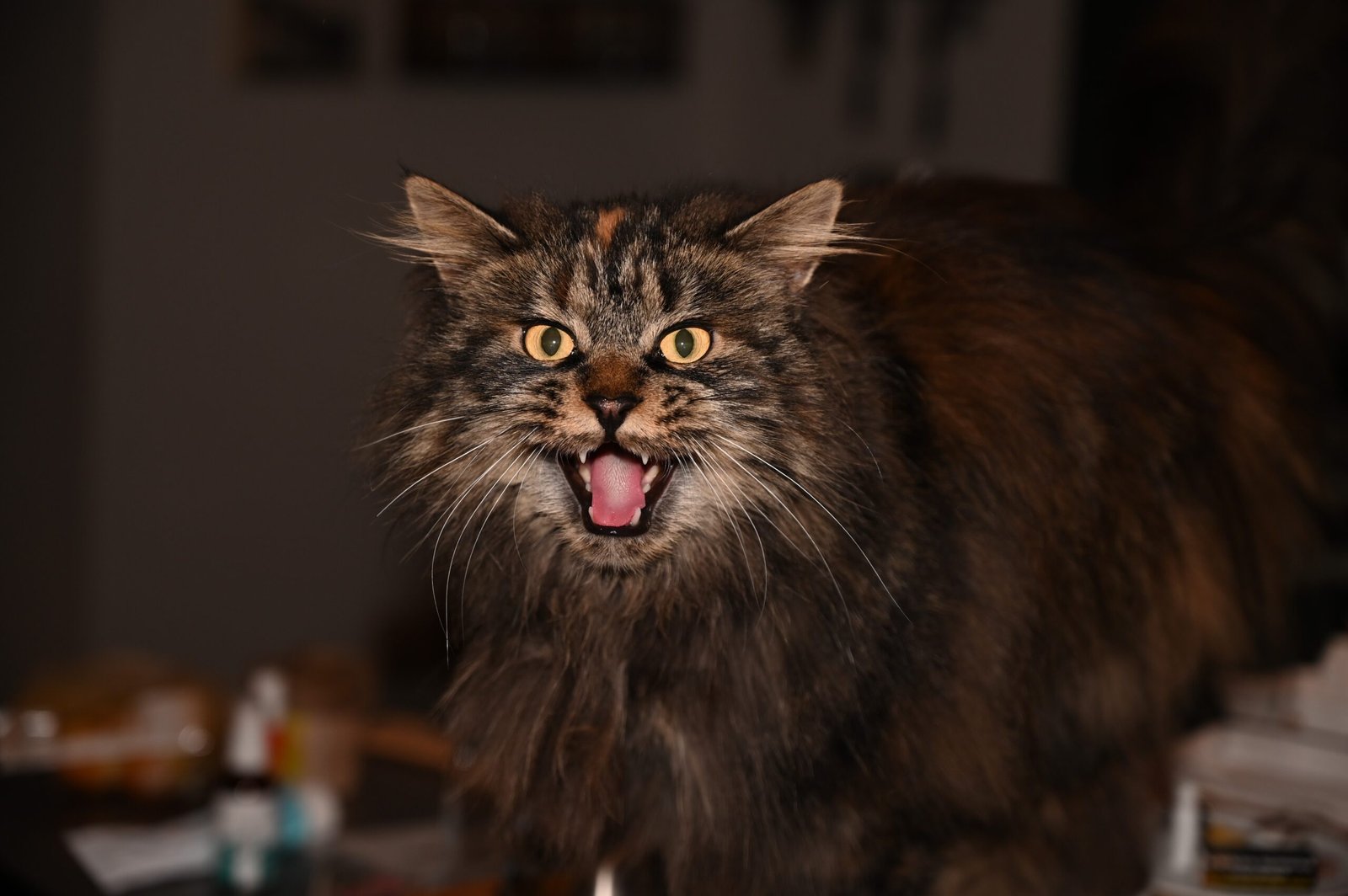
One of the first indicators that your cat is feeling restless is excessive meowing. Cats usually meow to communicate with their human companions, but when this escalates, it might be a sign of boredom. Imagine being in a room with nothing to do and trying to get someone’s attention; that’s precisely what your cat might be doing. If your cat suddenly becomes more vocal, it could be trying to tell you something. Pay attention to the tone and frequency of the meows, as this could give you a clue about what’s bothering them.
Destructive Behavior
When a cat begins to destroy furniture, scratch walls, or chew on things they shouldn’t, it might be a sign that they’re feeling a bit trapped. This behavior is similar to how we might start fidgeting or pacing when we’re anxious or bored. Cats need mental stimulation and physical activity, and without it, they may channel their energy in destructive ways. Providing scratching posts and interactive toys can help redirect this behavior into something positive.
Increased Aggression
A normally gentle cat that suddenly becomes aggressive could be exhibiting signs of cabin fever. Aggression might manifest in various ways, such as biting, scratching, or hissing without any apparent reason. It’s as if the cat’s frustration is bubbling over, much like how humans might snap under stress. Ensuring your cat has enough playtime and mental challenges can significantly reduce this kind of behavior.
Over-Grooming
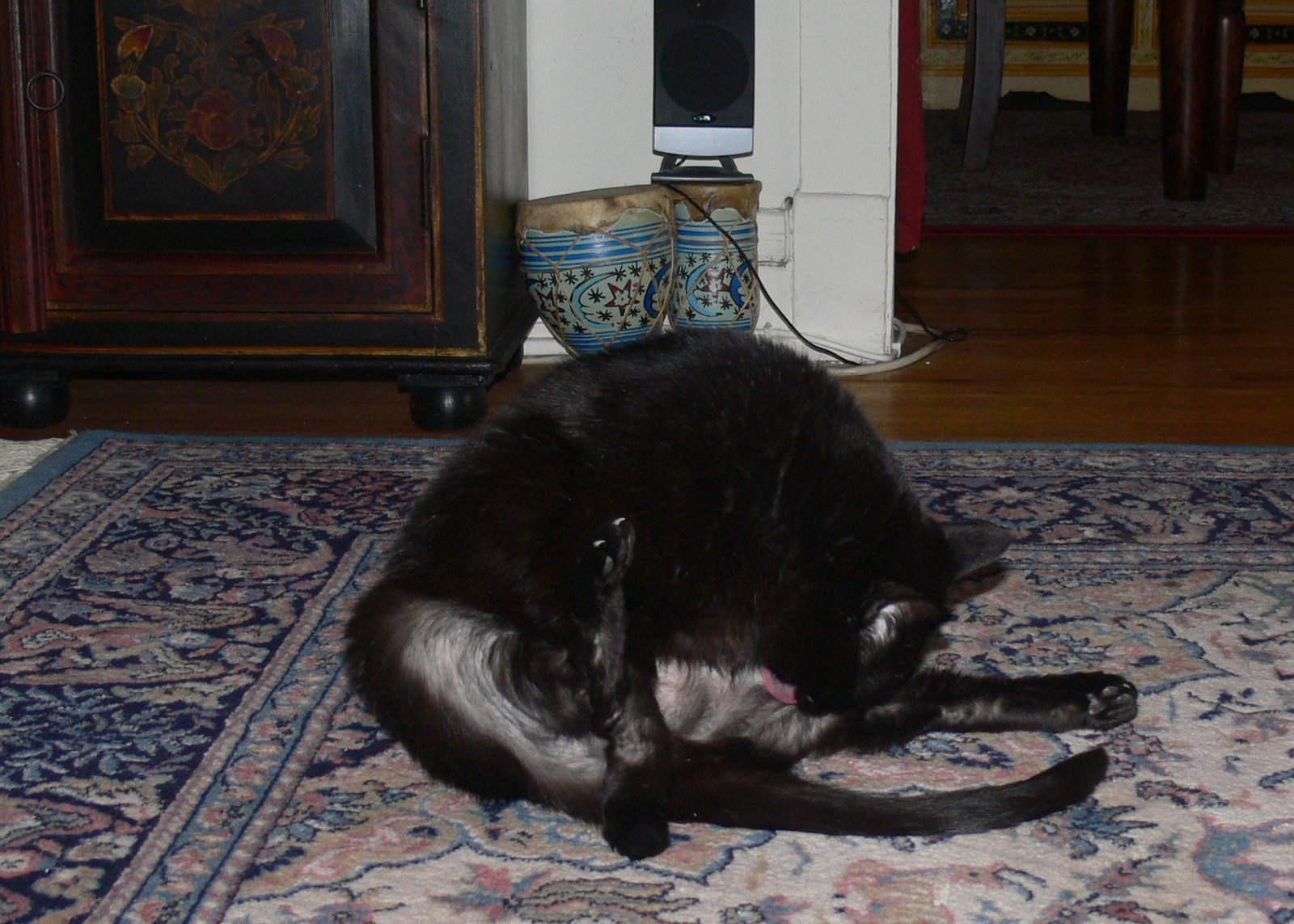
Over-grooming is another sign that your cat might be going stir crazy. When cats are stressed or bored, they might groom themselves excessively, leading to bald spots or even skin irritation. It’s their way of trying to cope with the lack of stimulation. Think of it as someone biting their nails when nervous or bored. Ensuring your cat has a variety of toys and activities can help distract them from over-grooming.
Changes in Appetite
Just like humans, cats can experience changes in their eating habits when they’re feeling stir crazy. Some cats might overeat, while others might lose interest in food altogether. This change can be concerning, as it could lead to weight loss or gain, which can affect their overall health. Keeping track of your cat’s eating habits and ensuring a balanced diet can help mitigate these changes.
Excessive Sleeping
Cats are known to sleep a lot, but if your cat is sleeping more than usual, it might be a sign of boredom or depression. Picture yourself with nothing to do; sometimes, sleeping might seem like the best escape. While cats do sleep a lot naturally, a significant increase in sleep could indicate that your cat is not getting enough stimulation. Introducing new toys or creating interactive play sessions can help break this cycle.
Attempting to Escape
If your indoor cat is constantly trying to dash out the door or sneak through open windows, it might be a sign that they’re seeking adventure. This behavior can be dangerous, as the outside world poses many risks to indoor cats. Providing your cat with plenty of indoor entertainment or even a secure outdoor enclosure can give them the sense of exploration they crave without the associated risks.
Litter Box Issues
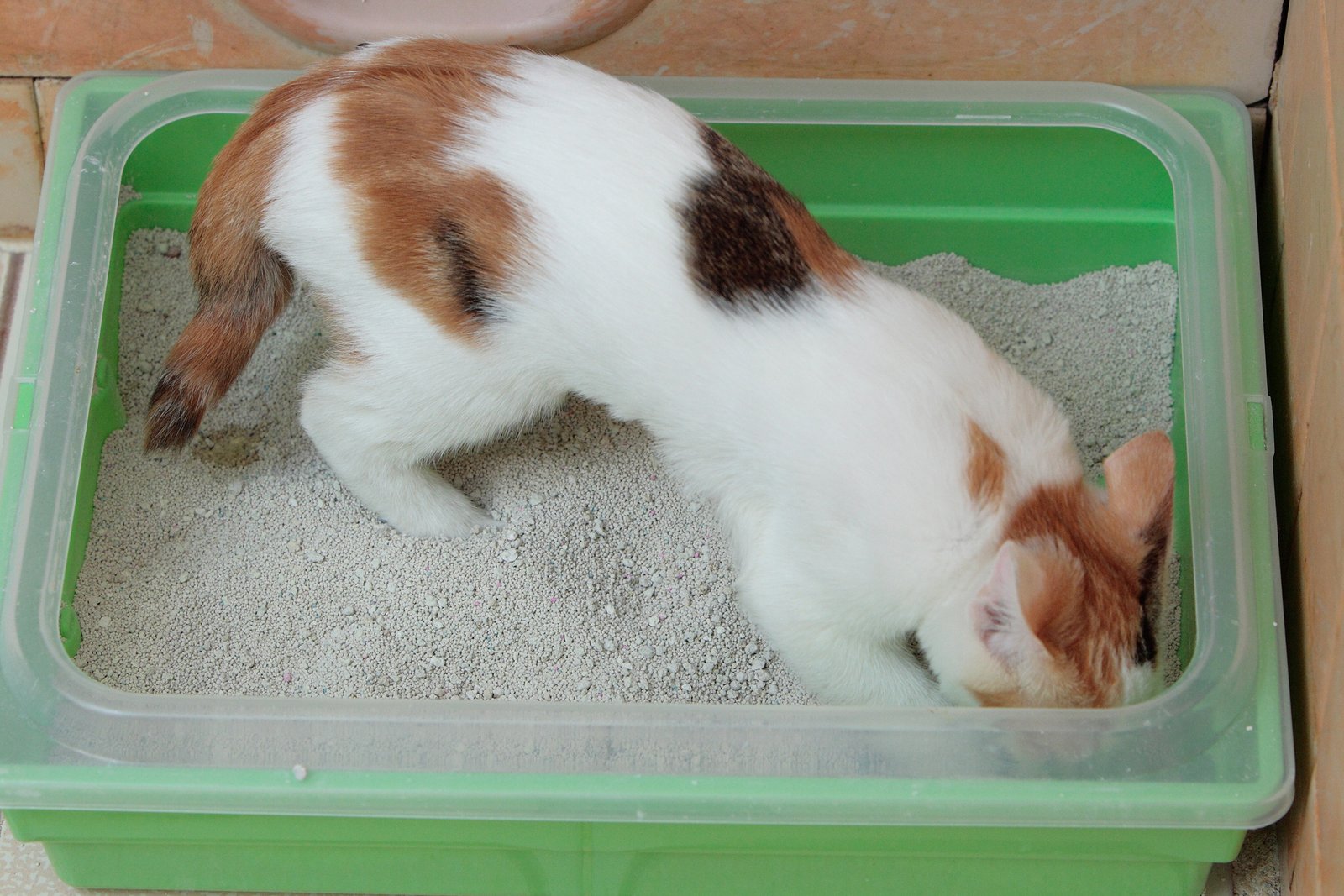
A cat that suddenly starts having accidents outside the litter box could be trying to tell you something. This behavior might indicate stress or a lack of stimulation. Cats are creatures of habit and prefer clean and familiar spaces. If they start ignoring their litter box, it might be their way of expressing dissatisfaction. Ensuring the litter box is clean and providing mental stimulation can help resolve this issue.
Restlessness and Pacing
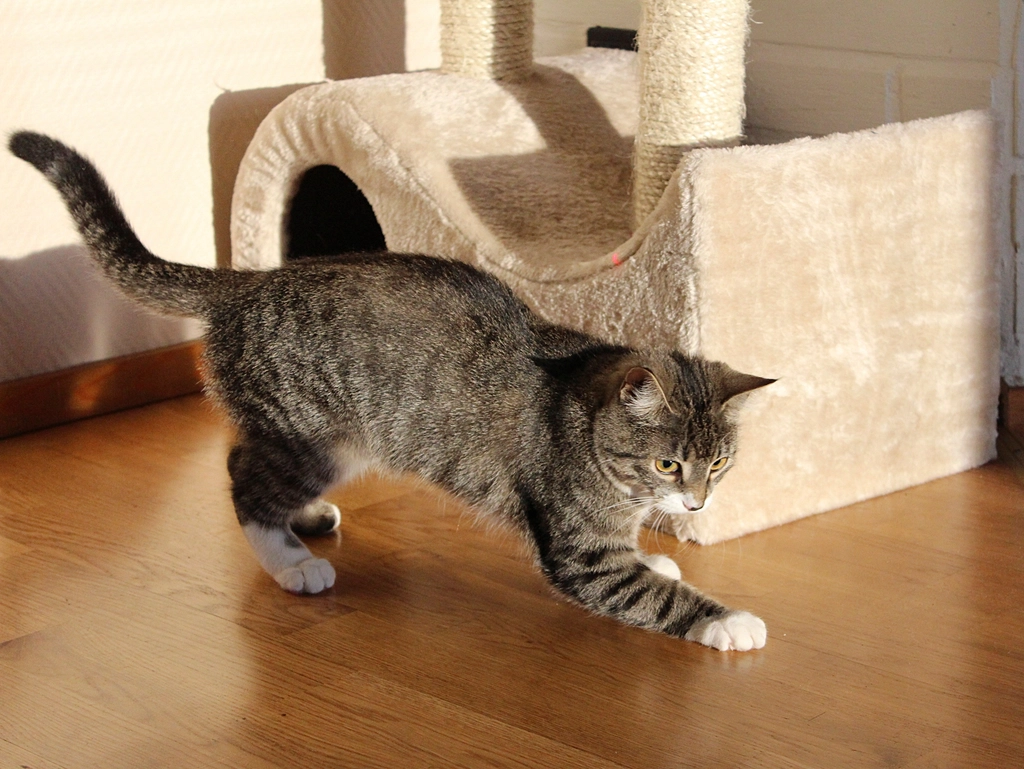
Restlessness and pacing are clear signs that your cat is feeling cooped up. Much like a person who can’t sit still, a cat might wander around aimlessly, unable to settle down. This behavior indicates that they’re searching for something to do. Providing a variety of toys, climbing trees, and interactive play can help alleviate this restlessness.
Increased Curiosity
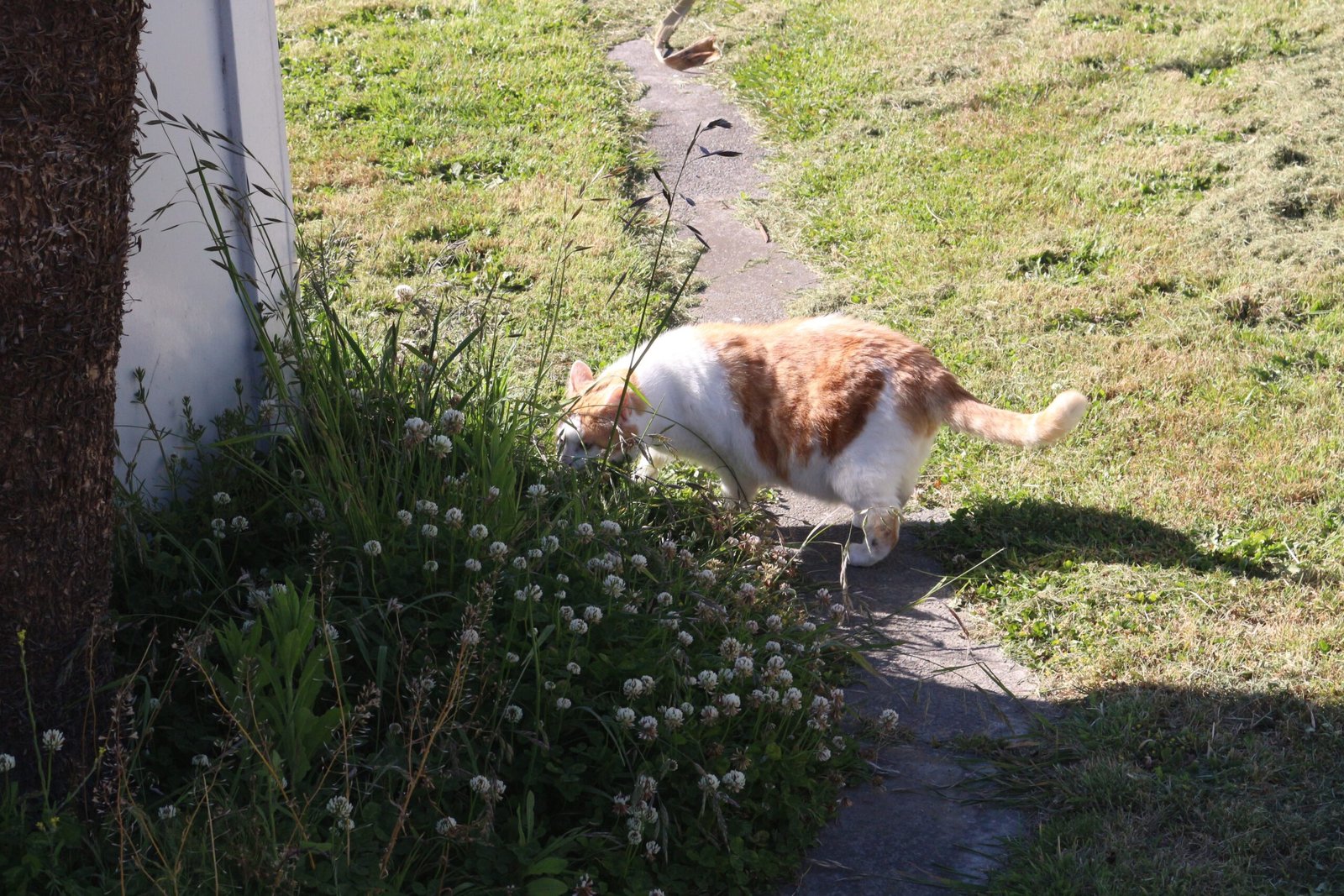
An overly curious cat that’s constantly getting into things might be doing so because they’re bored. Cats are naturally curious creatures, but when their curiosity becomes excessive, it might be a sign that they’re looking for something to keep them entertained. Ensuring your cat has a variety of toys and activities can help satisfy their curiosity and keep them mentally stimulated.
In conclusion, recognizing these signs is crucial for any cat owner. By understanding and addressing these behaviors, you can help your feline friend lead a happier and healthier life. Providing plenty of mental and physical stimulation, along with a loving environment, will ensure your cat remains content and avoids going stir crazy.

Andrew Alpin from India is the Brand Manager of Doggo digest. Andrew is an experienced content specialist and social media manager with a passion for writing. His forte includes health and wellness, Travel, Animals, and Nature. A nature nomad, Andrew is obsessed with mountains and loves high-altitude trekking. He has been on several Himalayan treks in India including the Everest Base Camp in Nepal.





